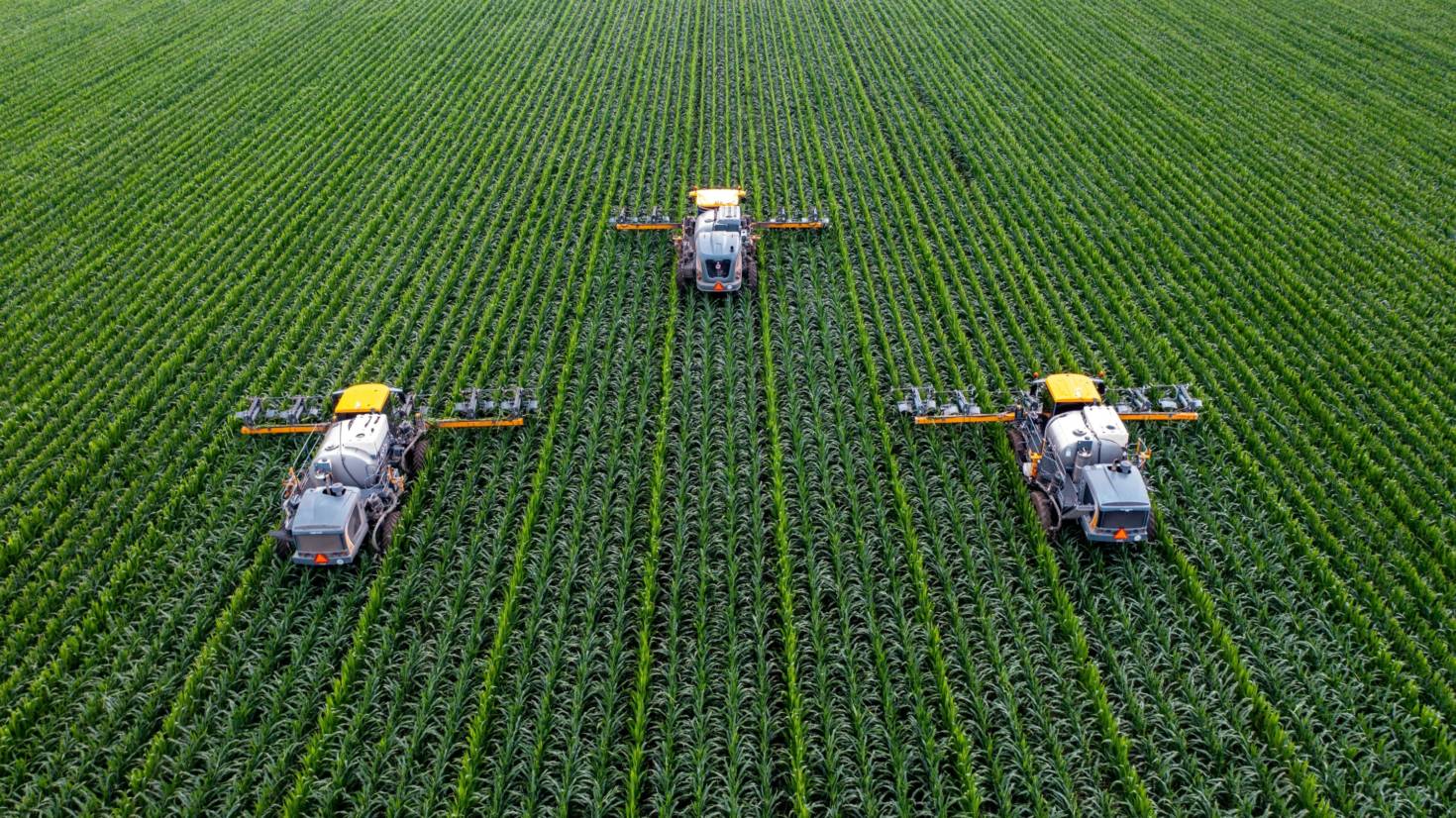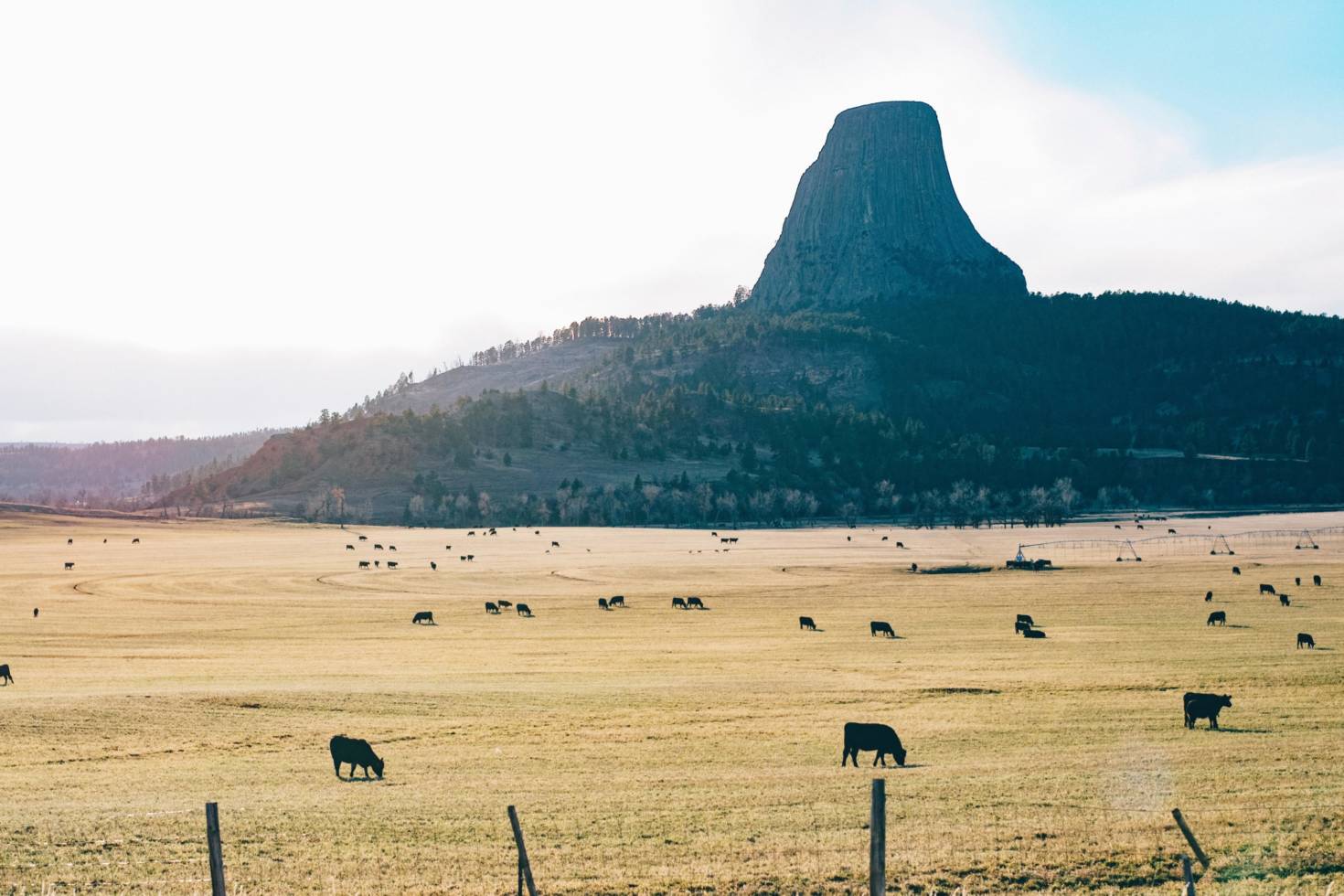Terms like "farm" and "ranch" are thrown around in the land market and often used interchangeably. If you're a land investor, looking to get into agriculture, or just generally interested in land, it's important to be clear on what these land types mean.
A common question that gets asked is… what's the difference between farms and ranches?
If you're looking for agricultural land for sale, it's especially critical to know the similarities and differences between a farm vs a ranch.
Farm vs ranch
What is a farm?
A farm is a piece of land used for agriculture. In other words, farms are means of producing crops, energy, fuel, raw materials, or other types of goods used in the agricultural industry. It’s generally broken down into 2 general categories—pasture and cultivable land.
Pasture land, or rangeland, is used primarily for cattle grazing by livestock such as sheep, pigs, cattle, and horses. Cropland, or arable land, is used for producing crops such as corn, wheat, soybeans, cotton, and rice.
Now you may be thinking, “pasture land used for livestock grazing sounds an awful lot like a ranch to me.” And you’d be right. So one main difference between a farm and a ranch is all ranches are farms, but not all farms are ranches.
According to the USDA's Census of Agriculture, farmland accounts for approximately 40% of land in the U.S. with over 900 million acres. It also points out there are more than 2 million farms with the average farm being over 400 acres in size.
Farms can be relatively small or thousands of acres. They not only vary in size but also in ownership and operation. Some are owned and operated by large corporations while others are owned and operated by families or independent farmers.

What are the types of farms?
- Crop farm
- Dairy farm
- Chicken farm
- Hog farm
- Pig farm
- Fish farm
- Solar farm
- Wind farm
- Ranch
- Homestead
- Vineyard
- Orchard
- Bee farm
Agricultural land has become a popular investment vehicle. More and more investors have been taking advantage of new ways to invest in land. To learn more, see our article discussing investing in farmland.
What is a ranch?
A ranch is a type of farm used for raising livestock. This is usually done through the process of grazing on pasture land or rangeland. They’re often used to produce meat, but can be used for other purposes as well. Some focus on a single animal like cattle, while others may raise a variety of animals like cows, horses, sheep, and pigs.
Although ranching in the traditional sense refers to raising grazing livestock, ranches often include luxurious homes, a variety of wildlife, and crops for the ranch animals.
When most people think of a ranch, they often think of a massive swath of grassland. And there are many examples of this throughout the U.S. But there are also smaller ranches, too. It's common for western ranches to be a combination of privately-owned land mixed with open range pasture land and grazing land leased to the state, Bureau of Land Management, or the U.S. Forest Service. Ranchers and ranch operators are sometimes called cowboys, wranglers, and cattlemen.
What are the types of ranches?
- Dude ranch
- Game ranch
- Working ranch
- Guest ranch

We’ve created an easy-to-digest list of similarities and differences between a ranch and farm. It should be noted this is using a standard crop farm as the farming example and a working ranch as the ranching example.
Differences between a ranch vs farm
- Farmland tends to be more expensive per acre than ranchland
- A farm’s focus is on land as it related to crops, while a ranch’s focus is on land is it relates to animals
- Ranchers refer to their land as pasture or rangeland, while farmers refer to their land as fields
- Farmers pay attention to bushels and commodity prices while ranchers pay attention to heads and cattle prices
- Dairy cows are often lean while beef cattle on ranches are usually muscular
- Ranchers spend a lot of time on horses, ATVs, and trucks, while farmers spend a lot of time on tractors
Similarities between a farm vs ranch
- Both farms and ranches produce food
- Ranchers and farmers both work extremely hard
- Both are considered agricultural properties
- Ranches and farms both are surveyed by the U.S. Department of Agriculture
- Farmers and ranchers are both passionate about land

So there you have it—a beginner’s guide to the difference between a ranch and a farm. Although there are some distinct differences in a ranch vs farm, it could be argued they use different methods to accomplish the same goal.
Either way, so much of what we eat and even the clothes we wear come from farms and ranches. Ranchers and farmers work their tails off to help all of us. They should all be commended and thanked for their tremendous efforts. So from us here at LandSearch to all farmers and ranchers we’d like to say… thank you.
And don’t forget, if you’re looking for farms for sale or ranches for sale, we’ve got you covered.

